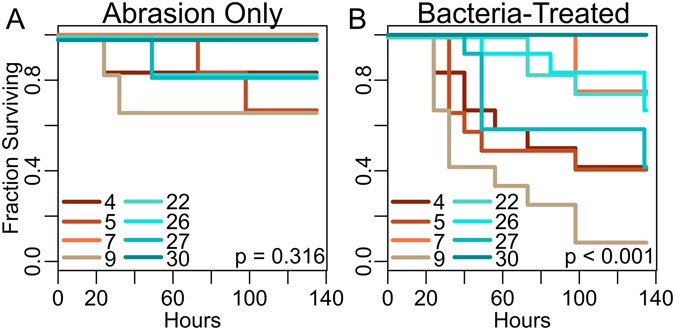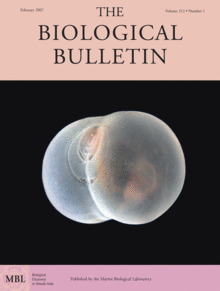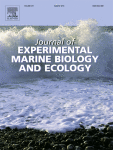Hey there,
I'm in the process of setting up a Nyos Opus 300 that will be an SPS-dominant tank. In my last tank, I went with the dry rock, bottled bacteria, and time approach for cycling and had some pretty good success. However, it took me a good bit of time to really reach stability and have a diverse and solid biome.
For this new tank, I was hoping to try a different approach of using BOTH dry and live rock isolated in a container (with heater and powerheads) to not only increase the diversity and prevalence of good aspects of the microbiome, but also increase the diversity of bacteria, pods, etc. that could spread to ALL rock. Then, place the rock into my DT, once ready.
My questions for the community are:
Steps
-Ryan
I'm in the process of setting up a Nyos Opus 300 that will be an SPS-dominant tank. In my last tank, I went with the dry rock, bottled bacteria, and time approach for cycling and had some pretty good success. However, it took me a good bit of time to really reach stability and have a diverse and solid biome.
For this new tank, I was hoping to try a different approach of using BOTH dry and live rock isolated in a container (with heater and powerheads) to not only increase the diversity and prevalence of good aspects of the microbiome, but also increase the diversity of bacteria, pods, etc. that could spread to ALL rock. Then, place the rock into my DT, once ready.
My questions for the community are:
- Theoretically, this sounds like it would work out just fine, but I haven't been able to find anyone who's done this outside of their display tank. Is this even viable?
- Are there any particular things I should take into account or lookout for? Meaning, would anything leaching out of the dry rock--highly unlikely--be a risk to the live rock?
- Is this all too much/elaborate, and I should just do all this in my DT?
Steps
- Glue/epoxy dry rock into aquascape structure that I want
- Get Brute trash can or other container and fill with saltwater, add pumps and heater
- Add dry rock and bottled bacteria (Dr. Tim's or something similar)
- (Give it a week--doing some ammonia dosing/feeding and measuring)
- Receive live rock and do a couple of fresh saltwater dips, as well as high salinity dips, in order to get any nasty pests off
- Add live rock to container
- Continue to measure ammonia, nitrites, nitrates, dosing/feeding as needed
- Begin adding other types of bottled bacteria--Microbacter7, MicrobacterClean, etc.
- After 8-12 weeks, or when fully cycled and stable, transfer over to DT
- Add a couple clowns and leave lights off for 3-4 weeks, then ramp up to LPS level, and then SPS level over next couple months
-Ryan


























